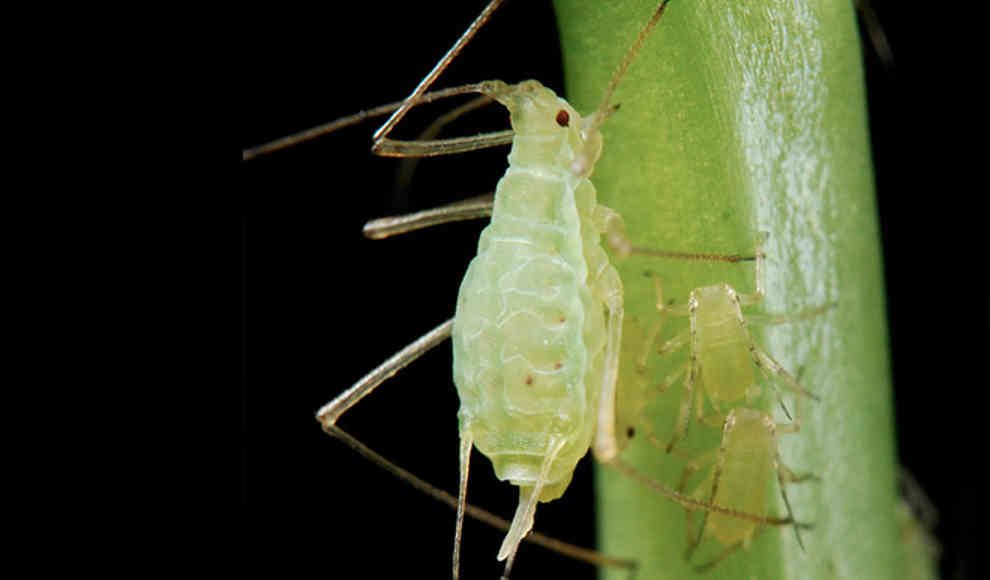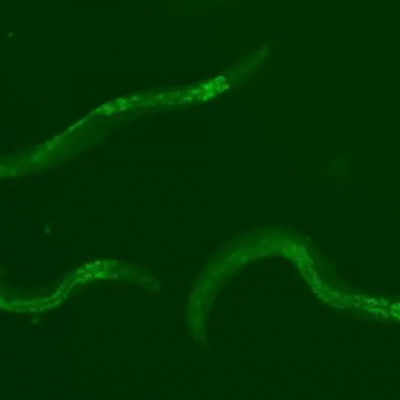French biologists have discovered that pea aphids are capable of producing carotenoids, a group of pigments that are typically found in plants and used for photosynthesis. This is an unusual occurrence in the animal world. While many insects obtain carotenoids through their plant-based diet, the pea aphid is able to produce them on its own due to its genes. The aphid is able to convert light energy into chemical energy with the help of carotenoids. The biological advantages of this process are currently unknown, but further research is being conducted to shed light on this topic.
The researchers were able to manipulate the colors of the pea aphids by controlling factors such as light intensity, temperature, and population size. They found that carotenoids were present in all of the aphids, but the green and orange ones had a higher concentration of the pigments. The lighter the aphid, the less carotenoids it was able to produce. Spectral analysis showed that only the green and orange aphids had a physical reaction to sunlight, which included an electron transport on organic compounds and the production of adenosine triphosphate in the mitochondria.
The biologists believe that the pea aphid incorporated the genes for carotenoid production into its own DNA through its diet over the course of evolution. Further research will be conducted to determine if the ability to photosynthesize gives the pea aphid an advantage over other species of aphids.










